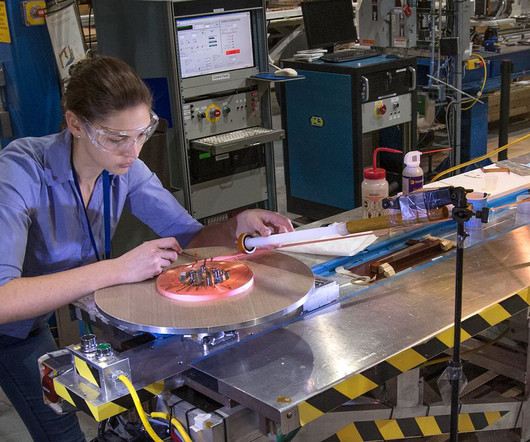Audi unveils e-gas project: synthetic methane from the methanation of green hydrogen; series production of CNG models in 2013 powered by e-gas
Green Car Congress
MAY 13, 2011
Audi A3 TCNG for e-gas project. Starting in 2013, Audi will begin series production of TCNG models whose engines—derived from TFSI units—will be powered by e-gas: synthetic methane produced via the methanation of hydrogen produced by electrolysis using renewable electricity. Click to enlarge.




























Let's personalize your content